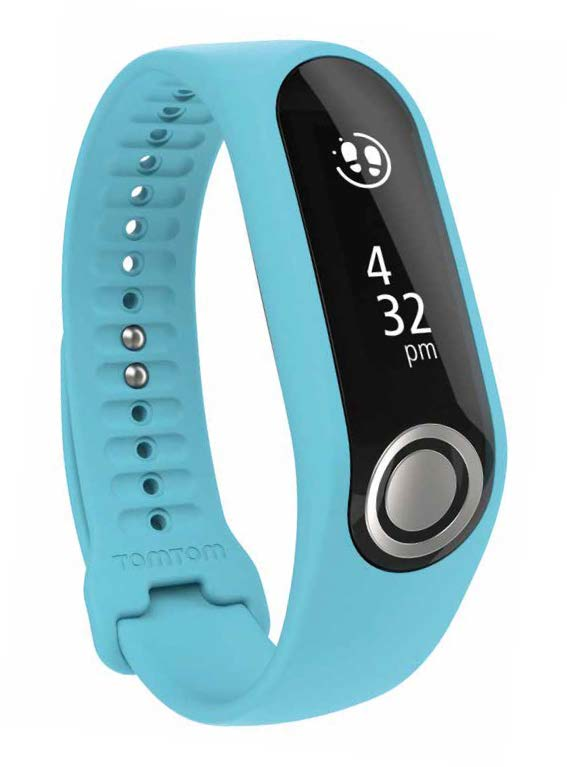Your wearable tech is keeping tabs on your heart rate 24/7. Now use those digits to level up your fitness.


Your wearable tech is keeping tabs on your heart rate 24/7. Now use those digits to level up your fitness.
If you’ve sat out the whole idea of heart rate training since the days of the sweaty chest strap, reconsider plugging in – it’s easier than ever and incredibly inspiring. Besides helping you know you’ve nailed a workout, taking that data to the gym can increase your motivation and calorie burn. That’s why clubs like Orangetheory Fitness have made heart rate training a staple in their classes. A ton of activity trackers (see the latest wrist versions, next page) are already monitoring your heartbeats per minute (bpm) – valuable info, both at rest and play.
To heed your heart, glance at that bpm number – or check your pulse – first thing in the a.m. “Resting heart rate is a great predictor of fitness level. As you get fitter, it drops, since a stronger heart pumps more efficiently,” says Scott McLean, the director of Human Innovation Research for Fitbit. (A resting heart rate of 60 to 100 bpm is normal; an athlete’s may be at 40.) In fact, data from more than a million Fitbit users show an extra 15 to 20 minutes of activity is associated with a lower resting heart rate.
Tracking your bpm during workouts is especially game-changing. “The talk test and RPE [rate of perceived exertion] are low-tech guides, but heart rate will give you more concrete, objective data about where you are in terms of intensity,” says David Wing, an exercise physiologist at the University of California San Diego. Plus, noting how quickly your heart rate declines after intervals is another way to track fitness gains.
Ready to see how a few digits can really drive your workout? We’ve mapped out how to use the key heart rate zones to focus your routine (“Go by the Numbers,” next page). Pick a lane, and get your heart pumping.

TOMTOM TOUCH CARDIO FITNESS TRACKER
($159, www.tomtom.com) Check your steps, calories burned, and heart rate without too many bells and whistles.

GARMIN VIVOMOVE HR SMARTWATCH
($299, www.garmin.com.sg) This stylish hybrid smartwatch calculates your VO2 max, fitness age and stress level as well as heart rate.

FITBIT VERSA SMARTWATCH
(from $318, www.fitbit.com) Ultra light and comfy, this watch shows real-time heart rate zones, offers on-screen coaching and female health tracking.

APPLE WATCH SERIES 3
($498, www.apple.com) This wearable with built-in GPS offers detailed heart rate stats, measures elevation and will soon have a pace alarm for outdoor runs.

SUUNTO 3 FITNESS WATCH
($319, www.suunto.com) Perfect for everyday wear, it boasts heart rate and recovery monitoring, plus an automatically created seven-day training plan to improve your fitness levels.

POLAR A370 FITNESS TRACKER
($279, www.polar.com) It displays your time in the different heart rate zones and guides you to train at the right intensity.
GO BY THE NUMBERS
These training zones are percentages of your max heart rate. Most bpm trackers tally each for you.
40%–65%
Active recovery
This range encompasses what is known as the fat-burning zone. But if you really want to burn fat and lose weight, working out harder will torch more total calories – and ultimately more fat – in less time.
65%–75%
Conditioning or endurance zone
“You’re creating the ability to use more oxygen here,” David says. If you want to train yourself to run longer, get comfy at this moderate to moderately hard intensity.
75%–85%
Performance zone
Exercising in this vigorous intensity range trains you to go harder for longer.
85%–95%
High-intensity zone
Do brief spurts of 10 to 60 seconds here, alternating with an easy pace, in the Conditioning or Active Recovery zone, David suggests. Build up to do HIIT one or more days a week.
PHOTOS APPLE, FITBIT, GARMIN, POLAR , SUUNTO, TOMTOM























